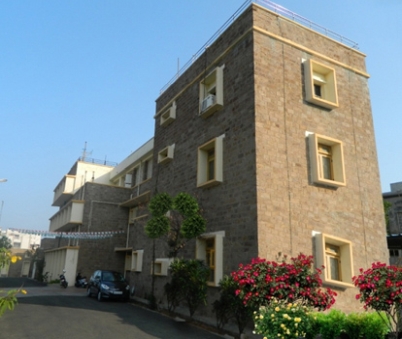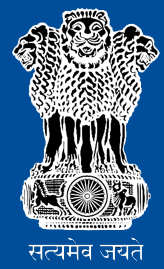About Us
India Meteorological Department is one of the oldest organizations in our country. The meteorological observatory was established in the year 1870 at Visakhapatnam, is one of the oldest observatories on the east coast of India taking surface meteorological observations. During 1940's the observatory was located in PWD office at Maharanipeta. Pilot balloon observatory was added afterwards. During Second World War a forecasting unit was started in the airport and an American Radiosonde station to take upper air data. It was manned by Americans. Around 1944 the station was upgraded to a class 5 observatory with self recording instruments and was headed by Dr.P. Koteswaram as Meteorologist Grade-I. Few years later the observatory was shifted from Maharanipeta to Airfield in October 1948 upgraded to class I on 1.4.1950. During that period it was Dependent Meteorological Office (DMO) and it was reduced to Secondary Meteorological Office (SMO) from 1.6.1951. It was again upgraded to DMO in 1965.
Pilot Balloon observatory was shifted from Airport to Andhra university campus during 1949-1950 and Fan type Radiosonde system, Radiation unit and Metax Radio Theodolite units were also started during the same period in university campus. Seismological unit was established in 1961 in Andhra university campus. Metax Theodolite was replaced by a Salenia Radar to take upper air observations.

The present Radiosonde building of CWC in Kirlampudi layout, opposite to Andhra university was constructed during 1970. The Radiosonde unit was shifted to this newly constructed building in 1971. Simultaneously, an S-Band (10 cms) JRC make Cyclone Detecting Radar JRC, first of its kind in India was installed in May 1970 on Dolphin's Nose hill close to light house. Meteorologist Grade-I (Dr. Sen Roy) was in charge of this office including Meteorological office at Airport, RS/RW unit, Pilot Balloon observatory, Radiation and Seismological units (at Andhra University).
Cyclone Warning Centre (CWC) started its functioning from RS/RW building from 23.09.1974 with Meteorologist Grade-I as incharge. Forecasting unit was closed at airport, however current weather and surface observatory were continued. Port Meteorological Office (PMO) was commissioned in March 1972 in Fringe house near Visakhapatnam Port. Radiation unit, which was established in 1960, shifted to RS/RW building in 1980. APT unit to receive cloud imageries from satellite was started functioning from June 1977 in Andhra university campus.
The Japanese JRC radar on Dolphin's Nose was replaced by EEC radar in May 1982. Surface observatory was shifted to CWC building in 1982.
Micro earth station, also known as V-SAT was installed on 13.08.1983. The observatory at Air port was handed over to Navy in 1986. APT unit was upgraded to Secondary data Utilization Centre (SDUC) in 1984. Disaster Warning System now known as Cyclone Warning Dissemination system was installed in 1985. PMO and SDUC units were shifted to RS/RW building in 1991. Semi-automatic computation system of RS/RW data was introduced in January 1991. Selenia Radar of RS/RW unit, which was installed in March 1968, was replaced by EEC Radar in November 1997 with a computerised work station for operation. SDUC computer was installed on 16.02.1993 to receive the pictures from Geostationary satellite. High Wind speed recorder was installed in September 2002. World space digital data receiver to receive meteorological data pictures, charts and prognostic charts from New Delhi through satellites was installed in July 2003. Gematronik (Germany) make S-Band Doppler Weather Radar (DWR) was installed on Kailasagiri hill in July 2006 as replacement for Cyclone Detection Radar of Dolphin's nose. Automatic radiation instruments and new high wind speed recorder were installed in 2009. New GPS system replacing Mark-IV Radio sonde and EEC Radar for taking upper air observations, was installed in May 2009.

